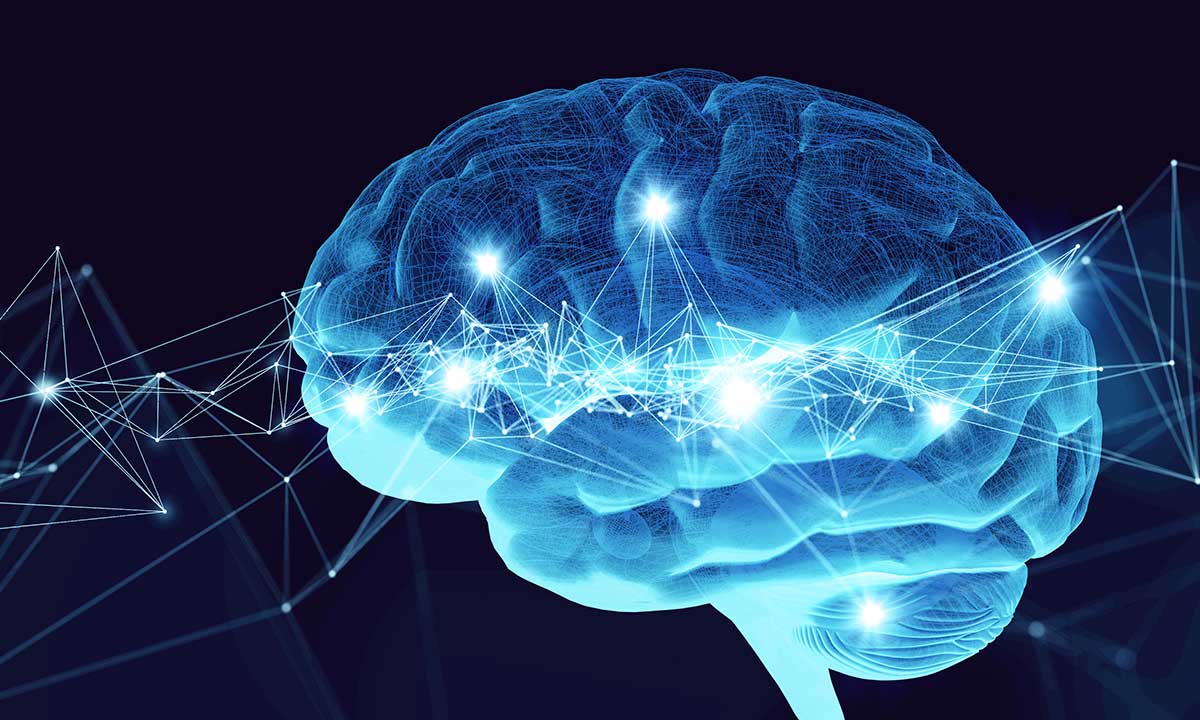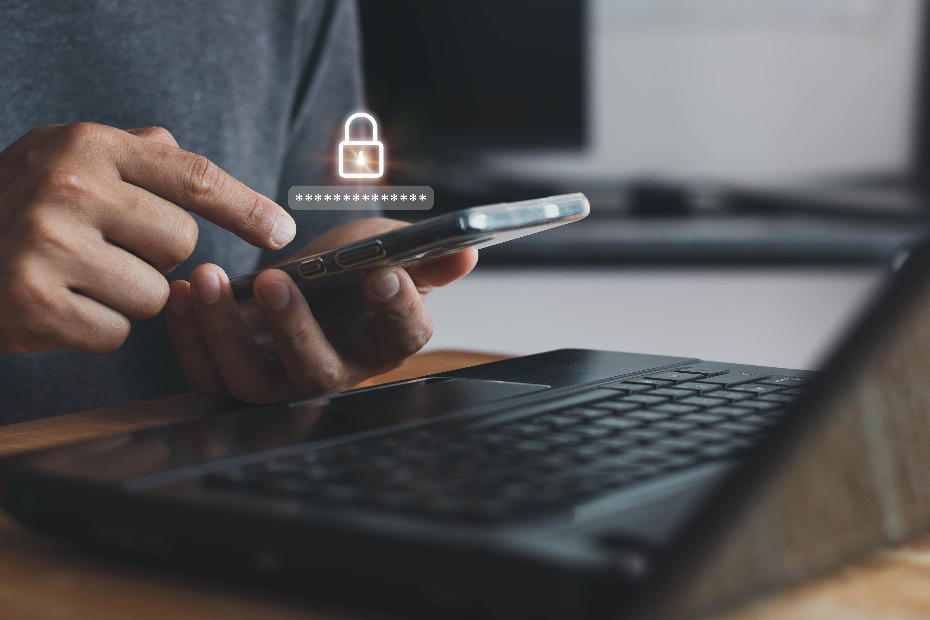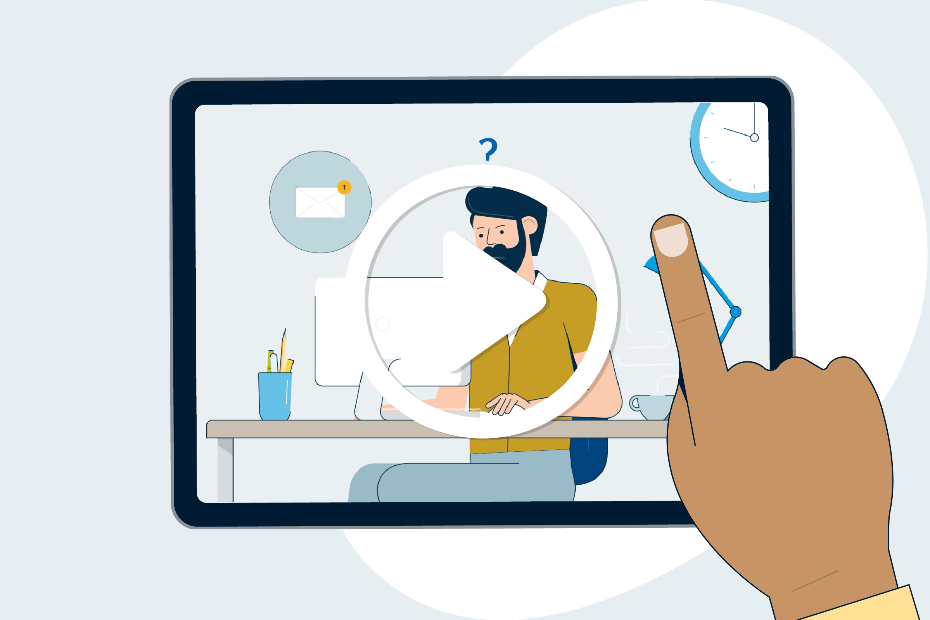At the June RBC Disruptors event, renowned physician and brain scientist Dr. Murali Doraiswamy discussed the impact of technology on our brains, as it relates to our mental health, neurological development, as well as the future ethical dilemmas that will take shape as technology and the brain become more closely entwined.
In this Technology and the Brain series, Dr. Doraiswamy’s insights, research and recommendations will be explored, as we try to identify the best path forward for a positive and constructive relationship between these two highly advanced systems.
The Impact of Screens on Childhood Development
It may come as no surprise that North American children are logging considerable hours in front of a screen. As ready-made pacifiers, distractors and entertainers, phones, tablets, computers and televisions work wonders to soothe, amuse and occupy a child. The upshot is that 98 per cent of children under the age of eight are spending two hours a day on a smartphone or tablet and teens are spending an average of nine hours a day on their phones.
Is it OK for kids to be spending so much time in front of a screen?
Dr. Doraiswamy, while a tech optimist, recognizes that there are tangible side effects to younger children engaging with a device rather than real world stimuli. Most concerning is the risk that children will miss opportunities for brain development.Says Dr. Doraiswamy:
“There are critical periods in a child’s development; when children have to be exposed to vision for their eyesight to develop; when they need to play to be exposed to their environment for social skills to develop; when they need to form deep connections with friends and parents for that part of the brain to develop. If all of that time is spent on screen time, they are missing out on these key development phases.”
While the thought used to be that the brain was fully developed by age 9 or 10, scientists have learned that there is a second development phase in teen years, which lasts through to the age of 20 or 21. This means that full brain development doesn’t occur until the early ’20s.
What does this mean for youth and screen time?
“The research isn’t complete and the jury is still out, but I would highly recommend limiting screen time for toddlers to under 30 minutes, and limit children to 1-2 hours per day,” says Dr. Doraiswamy. When it comes to teens, he urges the need to balance screen time with real time. “The best 3D is in nature,” he reminds.
The Effect of Screen Time on Brain Function
While there is a great deal of discussion about the impact of screen time on socialization – ranging from poor social skills to diagnosed addiction – the influence technology has on our brain function is a separate conversation.But one well worth having.
As Dr. Doraiswamy points out, the over-use of technology can lead to various effects over time – effects we have seen in the past and are sure to see in the future.In particular, he identifies three brain functions that have suffered – or will one day suffer – as a result of our reliance on tech.
1. Calculation. “Raise your hand if you can multiply six digit numbers in your head,” Dr. Doraiswamy asked the audience at the RBC Disruptors event. There was plenty of mild chuckling, but certainly not much hand-raising. “People could do that before there were calculators. There were devices we could use. Now, the tip is pre-printed on the bill so we are even losing the ability to calculate 15% on a meal before taxes,” Dr. Doraiswamy explains.Without the need for calculation, our brains lose the capability. And as technology continues to provide easy solutions, our abilities will further decrease.
2. Memory. Our semantic memory is our general world knowledge that we have accumulated throughout our lives – facts such as capital cities, names of colours, and the sounds of letters.Our procedural memory, meanwhile, is what drives our ability to find facts. “Over time, as our need for semantic memory decreases – everything can be Googled, or we can ask Alexa – our brain will re-wire to bolster our procedural memory capabilities,” Dr. Doraiswamy explains. “In the future, we won’t know the capitals of any country. And if our phones give us fake news, we won’t have the tools to know the difference.” In other words, we won’t know information, but we’ll be great at finding it.
3. Navigation. Everyone has grid cells, which are are an equivalent to a GPS in our brains. They are the cells that help us navigate a map, and give us our sense of direction. With apps that help us navigate form Point A to Point B, these cells will no longer be exercised, and will likely evolve or rewire to do something else.
This is what neuroplasticity is – the brain’s ability to change continuously, to rewire to adapt to new circumstances. Neuroplasticity optimizes our neural networks, such that we keep what we need and when we no longer need a certain capability – like the need to multiply 6-digit numbers in our heads – our brain moves on to something new.
Not all rewiring is bad. But there are some exercises we can do to ensure we don’t lose key skills and knowledge – such as the ability to do mathematical equations in our head, or find our way around a new city without our smartphones.
The Power of Contemplation and Meditation
We have the ability to rewire and re-train our brains – but it takes deliberate practice. That’s where contemplation and meditation come into play.
“We grossly under estimate the importance of contemplation,” Dr. Doraiswamy says. The ancient Indian way of life actually suggested you spend the last 25 years of your life contemplating, as that’s where you discover deep solutions to society, and it’s what brings you happiness.”
Beyond contemplation, meditation is a proven way to rewire and reactivate your brain. “When your brain is idle, the network is active. When you have time to daydream, you can come up with creative solutions – it’s giving your brain time to do its job,” explains Dr. Doraiswamy.
He further explained that long-term meditators have structurally different brains than non-meditators, which is evidenced in brain scans – AI algorithms can actually tell the difference between two scans to identify which brain is the meditating brain, and which is not. Meditation leads to less age-related shrinkage in the brain, and affects our morality and judgments, bringing out a sense of collective well-being versus individual well-being.
“The Dalai Lama said that if we can teach meditation over two generations, we wouldn’t have any war.”
At least 20 minutes a day in an outdoor setting can bring about active change in our brains – or even anything that puts you in a trance-like state, such as running or walking – is amazing for your brain.
While technology is doing its share to rewire our brains, we have the ability to re-train them, even later in life. We can tap into the neuroplasticity children have, retain key brain functions, and create strong, healthy connections in our brains that keep us thinking, happy, empathetic individuals with the capability of controlling tech to our advantage – rather than the other way around.
Read more insights shared at the recent RBC Disruptor Series around Technology & The Brain.
This article is intended as general information only and is not to be relied upon as constituting legal, financial or other professional advice. A professional advisor should be consulted regarding your specific situation. Information presented is believed to be factual and up-to-date but we do not guarantee its accuracy and it should not be regarded as a complete analysis of the subjects discussed. All expressions of opinion reflect the judgment of the authors as of the date of publication and are subject to change. No endorsement of any third parties or their advice, opinions, information, products or services is expressly given or implied by Royal Bank of Canada or any of its affiliates.



















